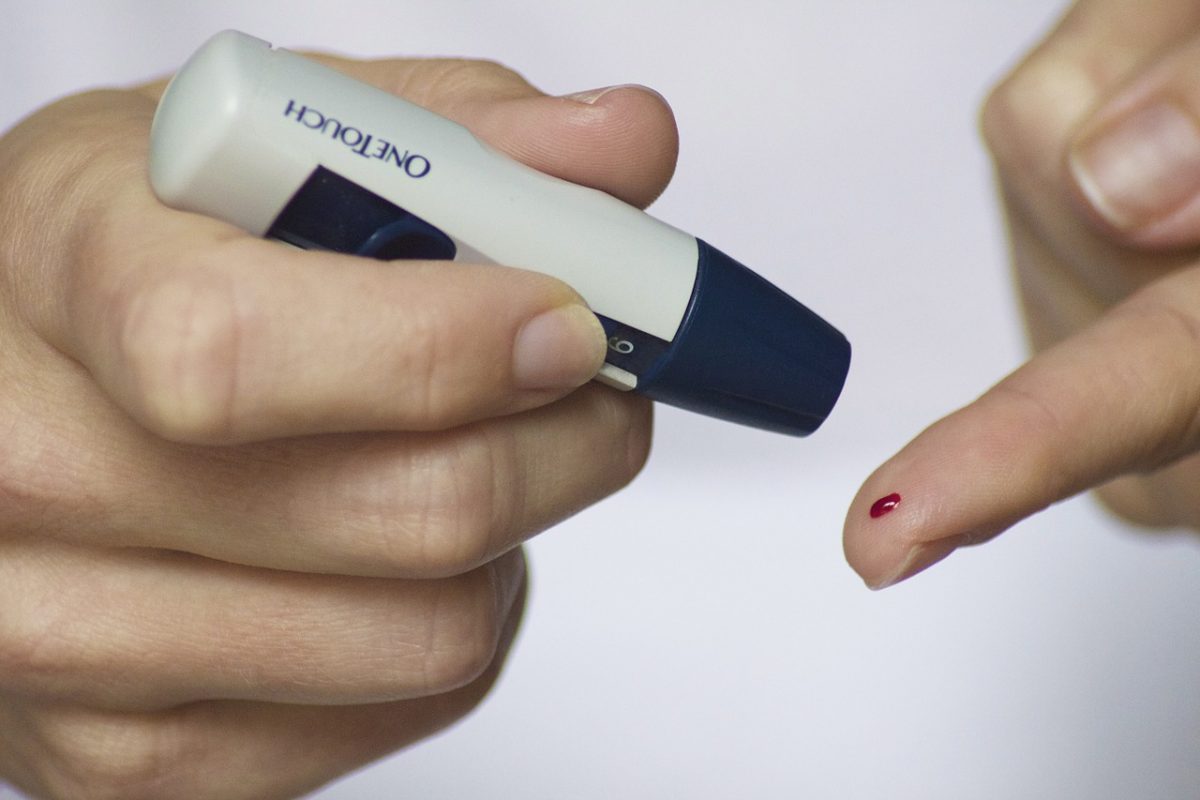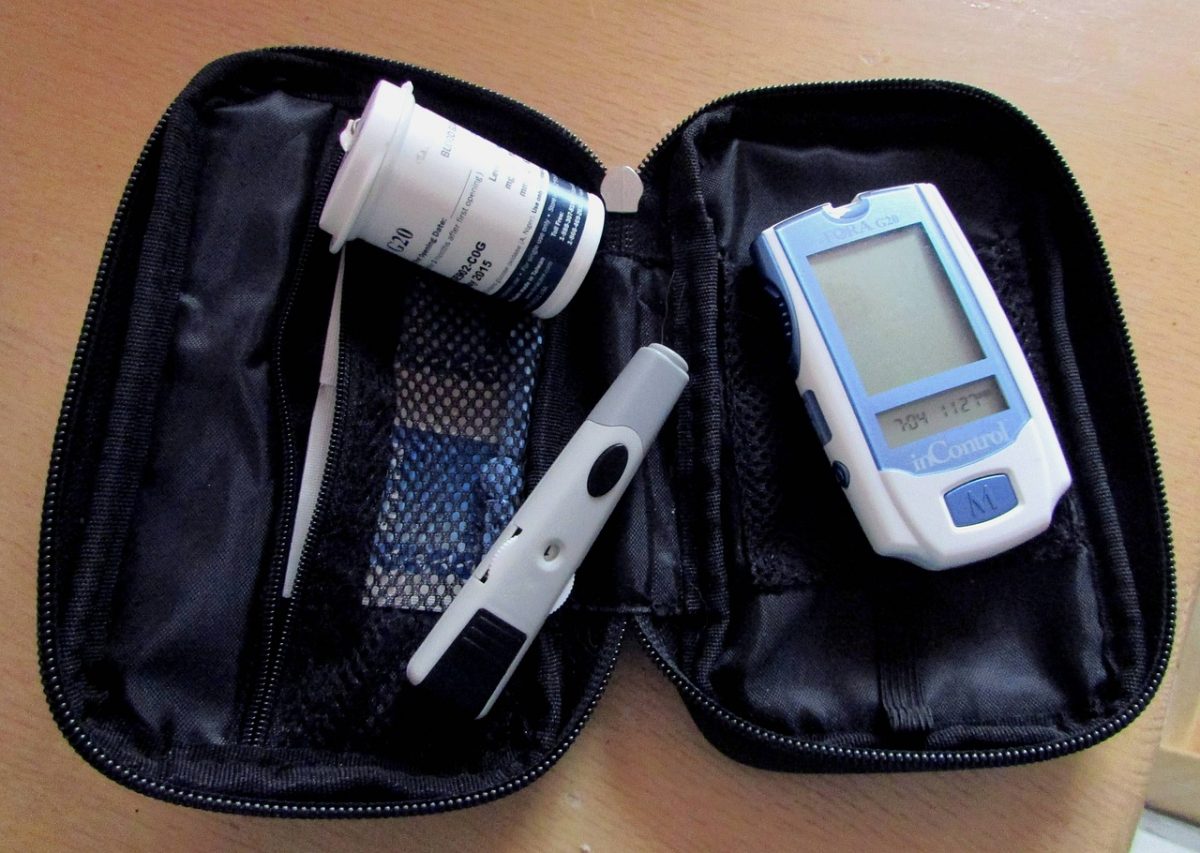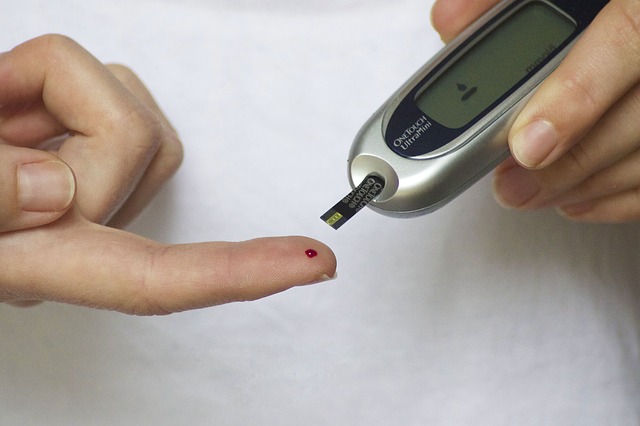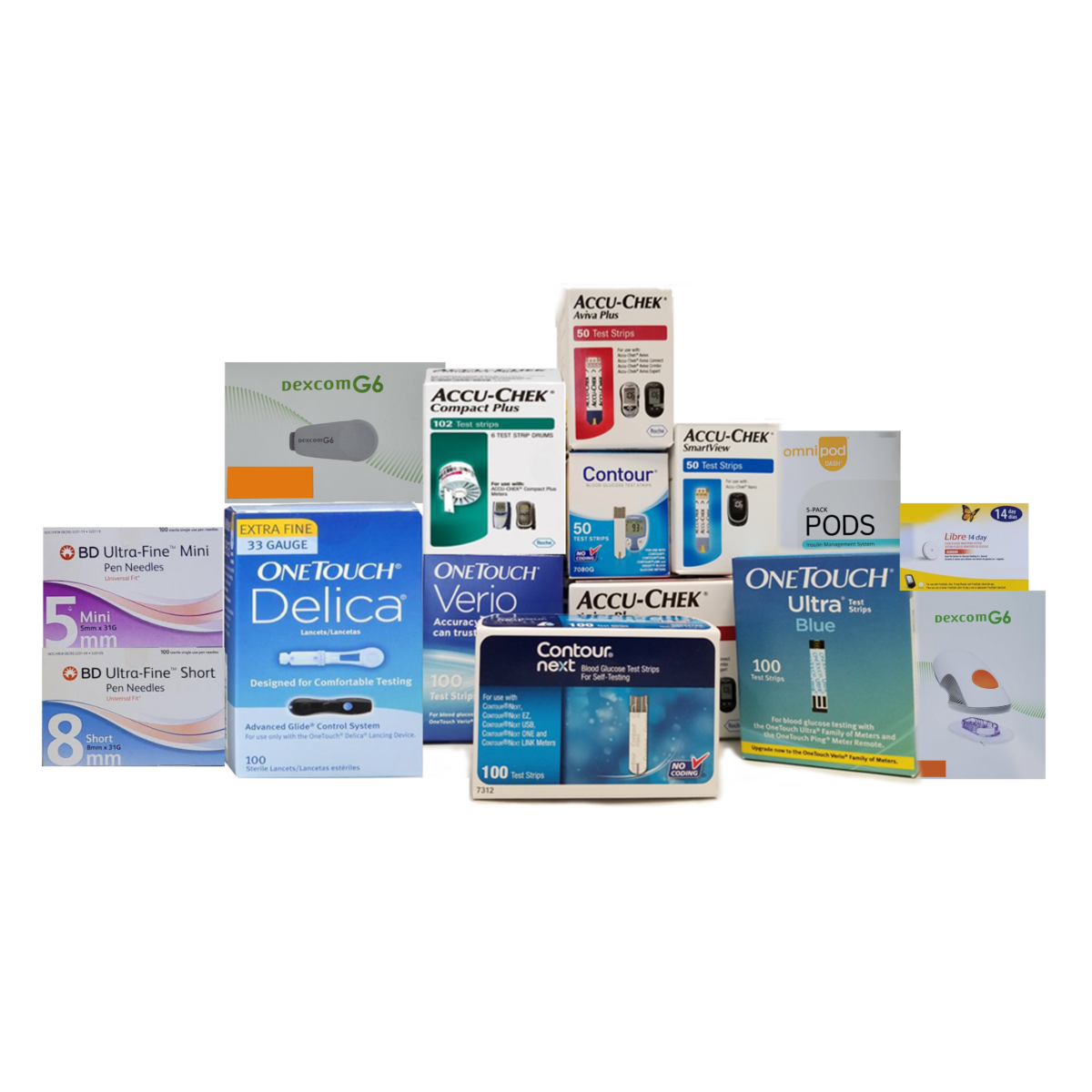The 3 signs of Type 1 diabetes are called the three Ps by healthcare professionals. They’re
polydipsia (thirst); polyuria (urination); and polyphagia (increased hunger). However, Type 2
diabetes is the most common form of the disease in the U.S. An estimated 95 percent of those
diagnosed with diabetes have Type 2 and it affects more than 34 million people.
Type 2 diabetes develops over multiple years and signs of the disease also occur gradually.
Diabetes has major health implications and its subtle in onset. It’s often referred to as a silent
disease, as it advances imperceptibly and has no painful symptoms. It’s often only detected
through routine blood work.
Today’s diabetic care is focused on a number-based outcome. A1C results are the yardstick by
which diabetes control is measured. The disadvantage is that if an individual makes a positive
lifestyle change, symptoms can lessen. However, they can also return.
Increased Urination
When people eat, the pancreas releases the hormone insulin, allowing cells to use sugar in the
bloodstream for energy. In diabetes, little or no insulin is released or cells can’t use the glucose
for energy. It’s a condition known as insulin resistance. The kidneys attempt to compensate for
the elevated glucose levels by eliminating sugar through urination, which leads to the second
symptom of diabetes.
Increased Thirst
Those with the early signs of diabetes may feel perpetually parched, in need of hydration, and
experience dry mouth. As the body tries to stabilize glucose levels through urination, people
become dehydrated. Coffee and tea drinkers may experience increased bladder function as the
caffeine in the beverages increase urination.
Feeling Tired
Fatigue is a common symptom of diabetes. The body’s cells use sugar for energy to perform
activities. When cells can’t utilize existing glucose levels, people will feel tired, lethargic, and
can have little energy to perform even mundane tasks.
If you would like to find out about earning cash for your unwanted, unused and boxed test strips, complete our online quote form today.
If you have extra, unopened and unused boxes of diabetic test strips – whether you have switched brands, no longer need to test or test less frequently, or have a loved one who has passed away – don’t let them gather dust until they’ve expired and end up in the trash. We’re the best place to sell diabetic test strips online, and if you want to sell your test strips, we’re here to make the process easy and enjoyable!
Visit us at Sell Your Test Strips and get your free quote today!








